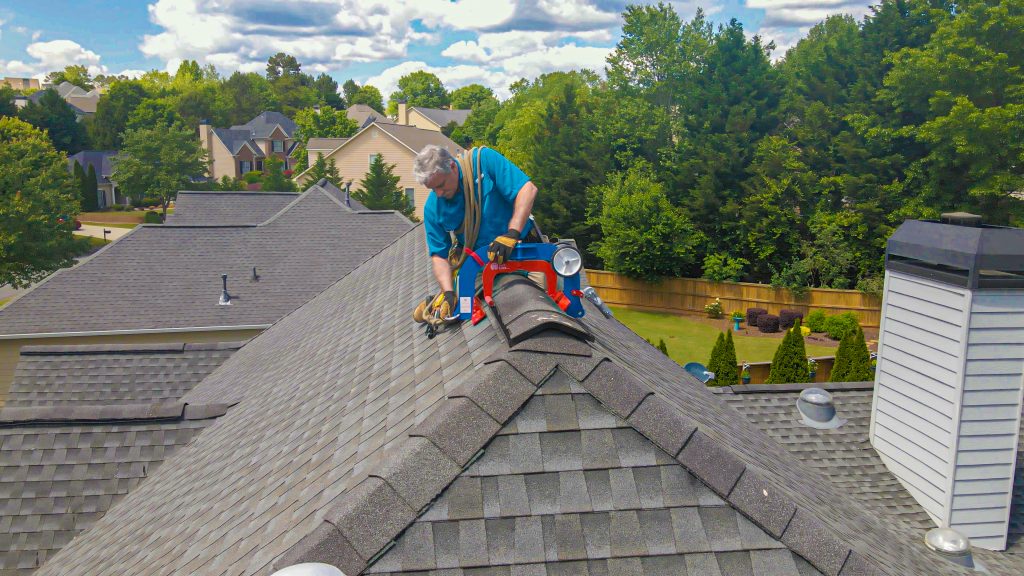What are the methods of roof inspection?

Roof inspections are essential for identifying potential points and guaranteeing the longevity of your roof. Regular inspections might help detect problems early, stopping expensive repairs or replacements down the road. Here are some common strategies and steps for conducting a roof inspection:
Visual Inspection:
a. Exterior Inspection:
Start by analyzing the roof from the bottom using binoculars or by safely climbing onto a ladder to get a closer look.
Look for visible signs of injury, similar to lacking or broken shingles, curling or buckling shingles, or loose or deteriorated flashing round roof penetrations.
Check for particles, moss, algae, or lichen progress on the roof, which might point out moisture-related points.

Inspect the gutters and downspouts for granules from shingles, as extreme granule loss can signal shingle wear.
b. Interior Inspection:
Go into the attic or crawl space and inspect the underside of the roof deck for indicators of leaks, moisture, or water stains.
Look for daylight coming through cracks or holes within the roof deck, which can indicate roof damage.
Check for indicators of insulation damage, mildew, or mildew progress, which might result from roof leaks.
Roof Walk:
a. If it is protected to do so, stroll on the roof surface to inspect it up shut.
b. Be cautious and put on appropriate safety gear, corresponding to non-slip sneakers and a safety harness if needed.
c. Look for any soft or spongy areas, which might point out underlying harm.
d. Check for free or broken roofing supplies, as nicely as indicators of wear and tear and tear.
Moisture Detection:
a. Use a moisture meter to detect hidden moisture within the roof construction and insulation.
b. Moisture detection might help determine leaks or areas of potential water intrusion that will not be visible.
Drone Inspection:
a. Click here for more info equipped with cameras can provide a comprehensive view of the roof surface with out the need for direct physical access.
b. A drone inspection may be especially helpful for bigger or hard-to-reach roofs.
Professional Inspection:
a. Consider hiring a professional roofing contractor or inspector to conduct a radical inspection.
b. Professionals have the expertise, instruments, and expertise to determine points that is most likely not apparent to a homeowner.
Documentation:
a. Document your findings with photographs and notes to create a record of the roof's situation.
b. This documentation may be useful for monitoring modifications over time and for insurance coverage claims or repairs.
It's essential to perform roof inspections regularly, ideally no less than annually, and after extreme climate occasions like storms. Additionally, if you're not comfy or assured in your ability to carry out a roof inspection safely, it's advisable to hire a professional roofing skilled to ensure a thorough and correct assessment of your roof's situation..
